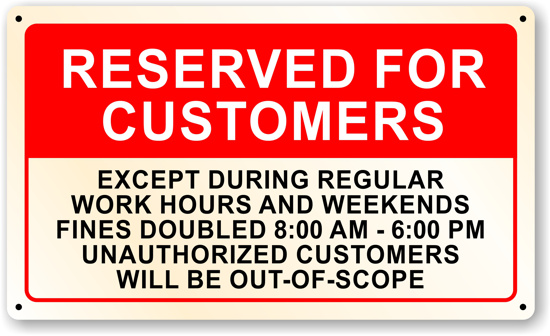 Make a C.A.B.
Make a C.A.B.
Ever thought about creating a Customer Advocacy Board (CAB) at your company? A CAB is an internal board, made of employees who are passionate about customers. They gather customer insights and collectively have authority to invoke positive change. It’s a great way to initiate your company’s journey to become more customer-focused.
This isn’t a committee – it’s a Board.
It’s a powerful idea. As a Board, it’s enabled to take action. Your board members can act as a major driving force during customer experience improvements across silos in your company. They should have the authority to advocate in any situation and without repercussion.
Because of this, your Customer Advocacy Board can be one of your most politically persuasive tools in your arsenal. Their mission – to collect feedback, wear the hat of your customer, take the customer seat in meetings and when making decisions, and invoke change.
Playing politics
Your Customer Advocacy Board will need significant political weight to be successful. You’ll want to ensure that their efforts are as trouble-free and uncomplicated as possible. Make sure the right executive is the “owner” of this team in order to remove any roadblocks.
Once you gather the right team, kick off the first meeting by having your President or CEO introduce the Board’s importance to your company’s strategy. This team’s duties won’t stop at the monthly meetings. These passionate individuals will be encouraged to identify critical issues (opportunities) when, and as, they come up. To double their effectiveness, make it a hard-fast rule that an Advocate is present to represent your customers in all
project meetings.
Employee involvement
It’s not a win if your entire organization isn’t involved. The CAB can also serve up some employee engagement activities and company-wide programs. They can host customer-focused workshops and training, and bring in outside facilitators and speakers. A creative CAB can come up with all sorts of fun ideas for your employees, to help them understand and connect with your customers.
No gain without pain?
Representing your customer isn’t an easy job. It’s not for the faint of heart. There will be times that members feel discouraged. Often, they’ll have to trade in their “soft, fuzzy customer hat” for a “hard hat”, but that pain will be worth it the gain for your company!
Happy R.A.V.I.N.G. Customers!
Learn more about becoming a customer-focused organization in my book, Happy R.A.V.I.N.G. Customers!
Buy it now on Amazon amzn.com/099102740X.
RavingCX readers SAVE 10% at createspace.com/4628573– enter discount code: CG83XLJ6






